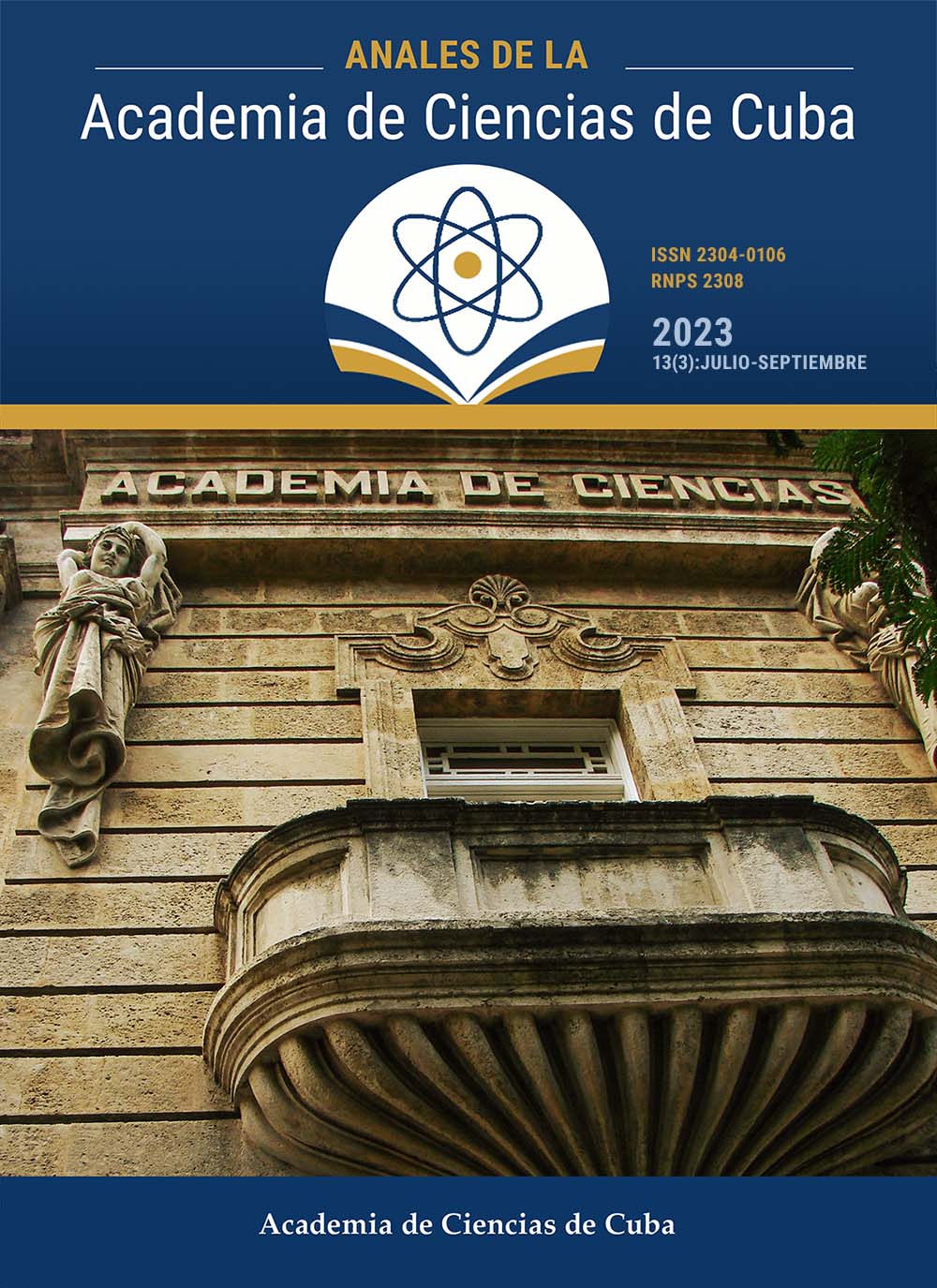Design and validation of an instrument for the study of exposure to violence in boys and girls
Keywords:
exposure to violence, violence against boys and girls, victims of violence, construction and validation of an instrument on violenceAbstract
Introduction: Violence has become a public health problem worldwide and Cuba is not exempt, there are few studies without exploring the associated variables. In Cuba, there are no validated instruments available to explore violence in its different scenarios and types of violence in children based on their exposure to it. The objective was to design and validate an instrument for the identification of exposure to violence in children.
Methods: Technology development research, 480 sixth grade students from 11 to 13 years old participated who answered the questionnaire in test-retest mode with 30 days between them. The content validity was evaluated by a group of experts using the criteria of Moriyama; construct by confirmatory factor analysis; internal consistency by Cronbach's alpha coefficient and temporal stability by Wilcoxon signed rank mean comparison test and associated p.
Results: Instrument validated for the study of exposure to violence as victims and observers of violence with the dimensions: physical violence, psychological violence, sexual violence and violence due to negligence and abandonment at home, school and community. All items met Moriyama's criteria, the construct structure was justified. The dimensions achieved acceptable to good coefficients of internal consistency (0,60 <= α < = 0.82), temporal stability was met (p > 0.05). The conclusions were that the instrument designed and validated to explore the exposure to violence as a victim and observers in the home, school and community scenarios in the variables; physical, psychological, sexual and negligence violence met its objectives for which it was designed.
Downloads
Published
How to Cite
Issue
Section
License
The journal Anales de la Academia de Ciencias de Cuba protects copyright, and operates with a Creative Commons License 4.0 (Creative Commons Attribution-NonCommercial License 4.0). By publishing in it, authors allow themselves to copy, reproduce, distribute, publicly communicate their work and generate derivative works, as long as the original author is cited and acknowledged. They do not allow, however, the use of the original work for commercial or lucrative purposes.
The authors authorize the publication of their writings, retaining the authorship rights, and assigning and transferring to the magazine all the rights protected by the intellectual property laws that govern in Cuba, which imply editing to disseminate the work.
Authors may establish additional agreements for the non-exclusive distribution of the version of the work published in the journal (for example, placing it in an institutional repository or publishing it in a book), with recognition of having been first published in this journal.
To learn more, see https://creativecommons.org






